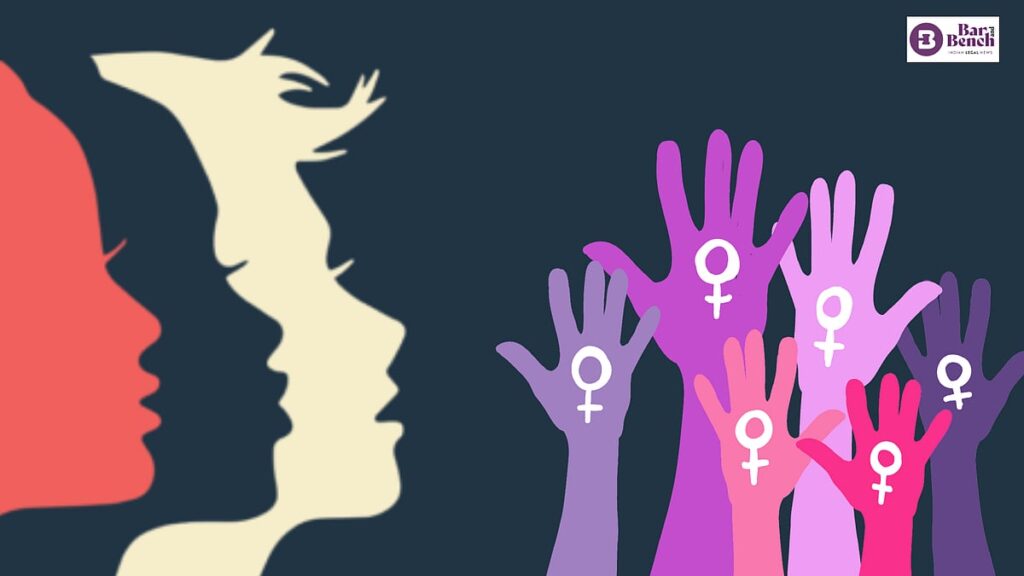Every year, around International Women’s Day, discussions on women’s empowerment resurface, creating a platform to reassess the meaning and significance of this global observance. Over the years, the connotations of Women’s Day and the activities surrounding it have evolved, redefining our understanding of what it means to empower women.
As we celebrate this day, it’s important to explore the deeper meaning and history of Women’s Day, alongside its contemporary significance.
When we talk about women’s empowerment in the global context, it’s essential to view it through the lens of various cultural and societal dynamics. There was a time when Indian women were broadly clubbed under the category of Third World Women, a term given by the World Bank.
It defined third-world women as “Universally unproductive, economically inactive, house-bound, tradition-bound, lacking skills and perceived to be relegated to lower-status tasks than men.”
From this time to the current context, when the President of the World Bank David Malpass praised the Indian Government’s efforts toward women’s empowerment feels surreal.
In fact, India is now actively rewriting every stereotype that once defined Indian women, reclaiming narratives of progress, independence and economic participation.
In the Indian scenario, the idea of women’s empowerment has been conceived differently in the last one decade. A notable shift occurred when Prime Minister Narendra Modi moved the discourse from women’s development to women-led development, a tectonic shift was witnessed in the policy-making and governance approach of the Government.
For instance, when the Government decision led to more than 70 per cent house ownership to women under PM Awas, it empowered Indian women in a real sense by providing them a sense of security with ownership rights and uplifting societal status.
One of the first steps was the Government focused on addressing the vulnerabilities of Indian women, prioritising their safety, dignity, and basic needs through welfare-centric policies.
Initiatives such as the provision of toilets under the Swachh Bharat Mission and tap water connections under the Jal Jeevan Mission have not only brought immense relief but also restored a sense of dignity to crores of women, enabling them to lead healthier, more secure lives.
Once these foundational needs were secured, the Government adopted an agency-centric approach, one that empowers women to unlock their potential.
This shift has been crucial in enabling women to take charge of their futures. This is just the beginning of impactful decision-making.
While recognising the presence of the majority of Indian women in the informal economy, the Government has brought an array of initiatives towards boosting their capabilities. Be it disbursing 68 per cent of the sanctioned Mudra loans to women entrepreneurs, the government is creating a set of women entrepreneurs. Additionally, women make up 77.7 per cent of the beneficiaries under the Stand-Up India.
Underscoring the angle of women-led rural prosperity the Government is organising over 10 crore women in the country into 90.87 lakh SHGs. These steps already started showing multiplier effects as they are enhancing women’s self-esteem, personality development, and contribution towards the economy. An upward trend has been witnessed in women’s labour force participation in rural areas as it has increased from 24.6 per cent in 2017-18 to 47.6 per cent in 2023-24.
Moreover, Lakhpati Didis are now seen as role models for financial independence, empowerment, and leadership, inspiring other women in their communities to follow the path. From creating startups to providing employment, female entrepreneurs are now playing a crucial role in achieving the goal of Aatmanirbhar Bharat.
The Government has successfully worked to improve the ease of doing business for women entrepreneurs. This has hugely helped women entrepreneurs in empowering themselves and generating large-scale employment opportunities at the grassroots level. This is reflected by the fact that nearly half of the start-ups in India have at least one female director.
The real essence of Women’s Day is beyond offering grandstanding gestures. It is about the holistic development of women from all walks of life. Now, every day is women’s day in India as women are leading the development journey and expanding new horizons. Whether it is in space exploration.
With inputs from PTI




 New SEBI Chairman Promises Conflict Of Interest Disclosure Framework
New SEBI Chairman Promises Conflict Of Interest Disclosure Framework 